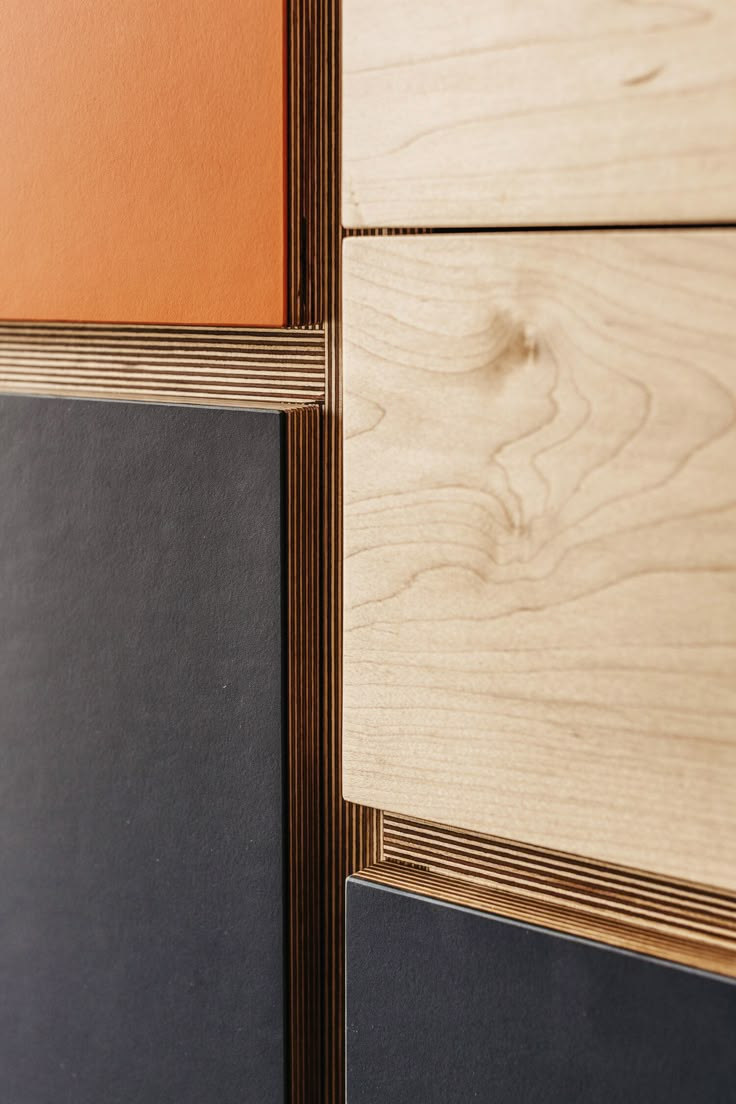Known for its value and flexibility, plywood serves as the backbone for many homes – being a prime candidate for framing, sheathing, and subflooring. With many of its residential applications being tucked away within the structure of your home, Plywood is a veritable unsung hero of residential builds.
So what gives plywood its signature versatility? Typical plywood panels are made from numerous layers of softwood veneer, bonded together by a resin adhesive. And what counts as softwood? In a nutshell, softwood comes from trees that grow lighter and more flexible wood. Such trees include pine, spruce, and fir. This is a deliberate choice aimed at providing the finished product with the pliability to bend when met with force instead of snapping or breaking.
To help its stability, the softwood veneer sheets alternate grain directions each layer in a process called cross-lamination. This combination of softwood, adhesive, and technique create a flexible product fit for a broad range of uses. Plywood isn’t all-powerful, however; water-resistant finishes or chemical treatments are required for it to possess capable moisture resistance. Without it, water can seep into the layers and can cause bloating or decay.
What are its use cases? In New Zealand, plywood plays a major role in structural home elements like wall sheathing and as a flooring substrate, but it also has applications in furniture, wardrobes, and cabinetry. For use cases such as these, the desired composition changes from softwood to hardwood. Often made from hardwood trees such as birch, oak, and maple, this premium form of plywood is used for tables, shelves, and joinery work. As the name suggests, hardwood is denser, tougher, and comes with a more premium appearance (and price tag). While softwood works behind the scenes, hardwood takes the spotlight, being a quality choice for furniture.
To sum it up, softwood plywood possesses an excellent strength-to-weight ratio and is great for structural elements, while hardwood plywood is a durable and aesthetically pleasing solution for joinery that can serve as a premium alternative to MDF.
Sources:
https://www.naturallywood.com/products/plywood

